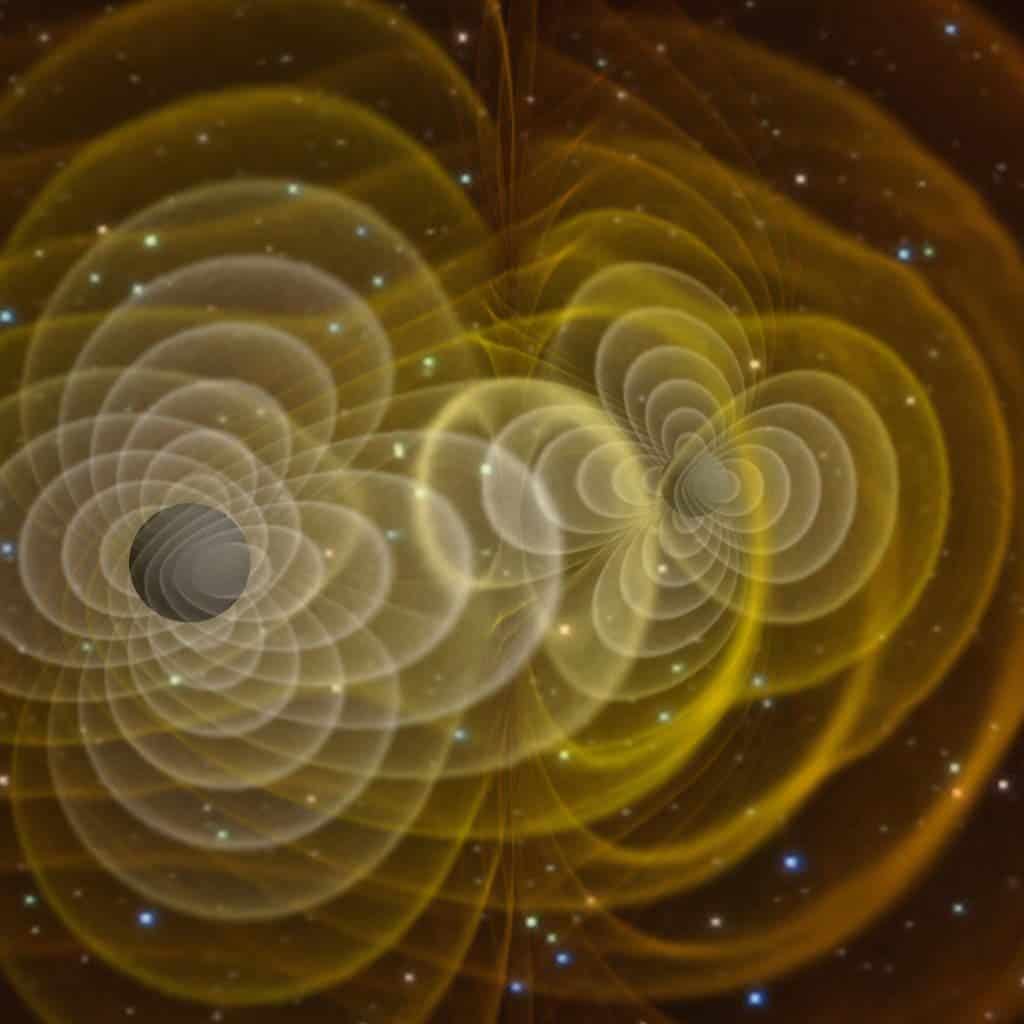After a century of speculation and tantalizing experiments and observations, scientists have, for the first time, confirmed the existence of gravitational waves. This truly is a monumental discovery that will enable us to understand the Universe in a novel way.
“We have detected gravitational waves. We did it,” said David Reitze, executive director of the Laser Interferometer Gravitational-Wave Observatory (Ligo), at a press conference in Washington.
The waves were detected at the Laser Interferometer Gravitational-Wave Observatory – or LIGO in short. This is the climax of over two decades of expectations, as LIGO was founded back in 1992. It didn’t come as a complete surprise however, as someone actually leaked a rumor about this, but that doesn’t take away anything from the magnitude of the finding. To say that it’s one of the biggest findings of the century is not an overstatement.
Einstein was right
All the predictions that Einstein’s theories made came true; all but one: gravitational waves. Gravitational waves are ripples in the curvature of spacetime which propagate as waves, travelling outward from a source. This curvature in spacetime is caused by mass; in a way, gravity doesn’t attract things, it simply curves space so that they fall onto each other. The accuracy of Einstein’s predictions is stunning. The fact that he made this predictions is simply mind blowing.
“This is transformational,” said Prof Alberto Vecchio, of Birmingham University, and one of the researchers at Ligo. “This observation is truly incredible science and marks three milestones for physics: the direct detection of gravitational waves, the first detection of a binary black hole, and the most convincing evidence to date that nature’s black holes are the objects predicted by Einstein’s theory.”
The existence of gravitational waves improves the framework through which physicists study the Universe. Basically, knowing that they exist allows us to see the Universe in a new way.
Colliding black holes
They confirmed the existence of these waves by studying the collision of two black holes. Using the world’s most sophisticated detector, LIGO, they closely watched as two black holes circled each other, closer and closer. At first, they were spinning around each other 30 times a second, but in a mere 20 milliseconds, they accelerated to spinning 250 times a second before the final collision; and when they merged, it was gargantuan, warping the fabric of the Universe itself and allowing us to observe the gravity waves propagate.
“The shock would have released more energy than the light from all the stars in the universe for that brief instant. The fusion of two black holes which created this event had been predicted but never observed,” said Prof BS Sathyaprakash, from Cardiff University’s school of physics and astronomy.
Prof Neil Turok, director of the Perimeter Institute for Theoretical Physics in Waterloo, was also thrilled – saying that it’s one of the few pure “Eureka” moments. The potential applications for this, he continues, are hard to grasp at the moment.
“Just think of radio waves – when radio waves were discovered, we learned to communicate with them. Mobile communication is entirely reliant on radio waves. For astronomy, radio observations have probably told us more than anything else about the structure of the universe. Now we have gravitational waves we are going to have a whole new picture of the universe, of the stuff that doesn’t emit light – dark matter, black holes,” he said.
“For me, the most exciting thing is we will literally be able to see the big bang. Using electromagnetic waves we cannot see further back than 400,000 years after the big bang. The early universe was opaque to light. It is not opaque to gravitational waves. It is completely transparent.
“So, literally, by gathering gravitational waves we will be able to see exactly what happened at the initial singularity. The most weird and wonderful prediction of Einstein’s theory was that everything came out of a single event: the big bang singularity. And we will be able to see what happened.”



